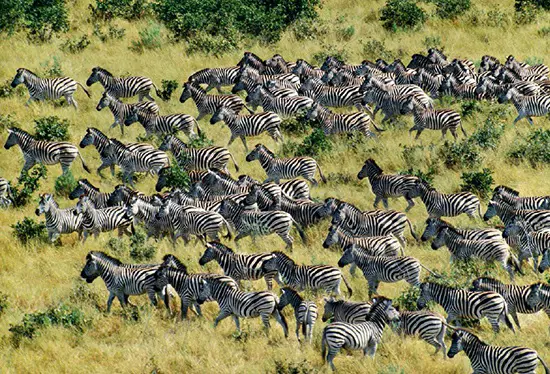Large animal migrations represent a remarkable phenomenon in the natural world, akin to the nomadic lifestyle of early humans. These migrations, spanning vast distances across the globe, encompass a diverse array of species, from the well-known avian migrations to the seasonal journeys of aquatic mammals like whales and dolphins, as well as land mammals including zebras and wildebeest.
What compels these animals to embark on such arduous journeys? The reasons are twofold: environmental changes that affect food and water availability, and intrinsic, possibly genetically encoded cues. These innate guides might involve celestial navigation or sensitivity to the Earth’s magnetic field, suggesting a complex interplay of natural instincts and environmental factors.
Human activities, such as habitat destruction, pose significant challenges to these migratory patterns, leading to the formation of the Convention on the Conservation of Migratory Species of Wild Animals in 1997. This initiative aims to safeguard the diverse habitats these creatures traverse, recognizing the importance of preserving these natural phenomena.
Despite extensive research, the transmission of migratory knowledge across generations and the collective decision-making process within these groups remain enigmatic. Understanding these mechanisms is crucial for conservation efforts, as it can inform strategies to mitigate the impacts of human-induced changes on these vital migratory routes.

